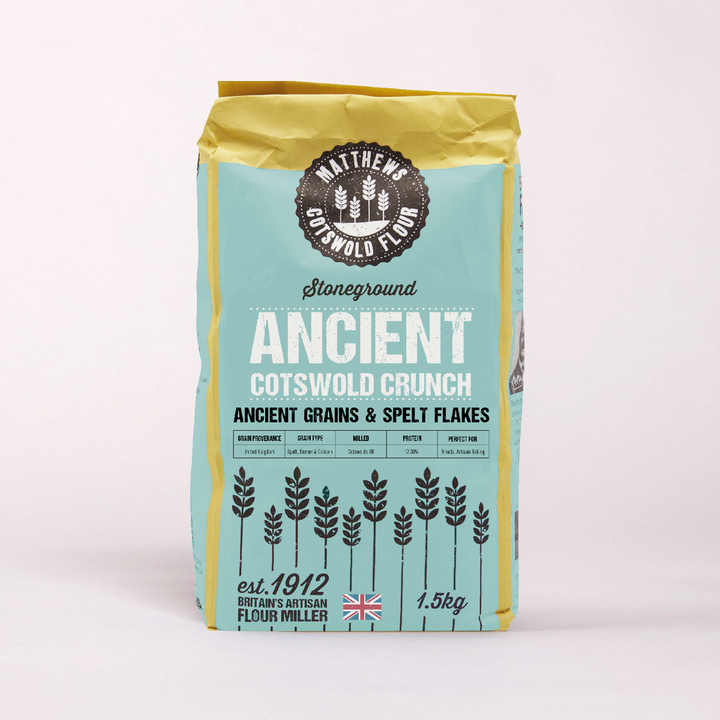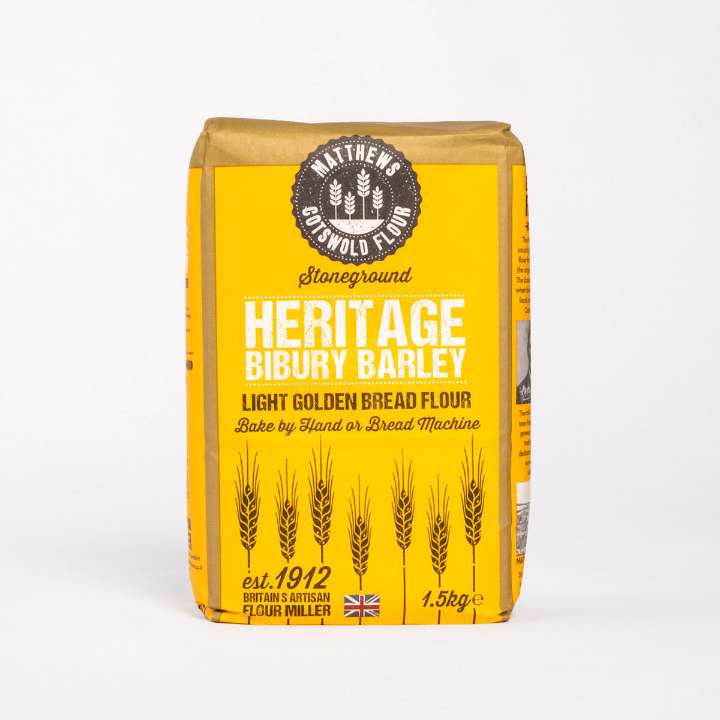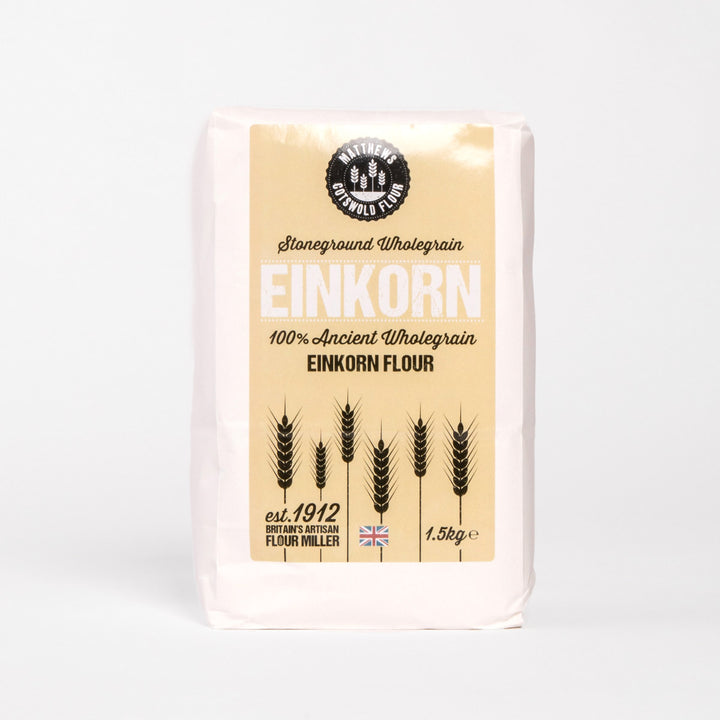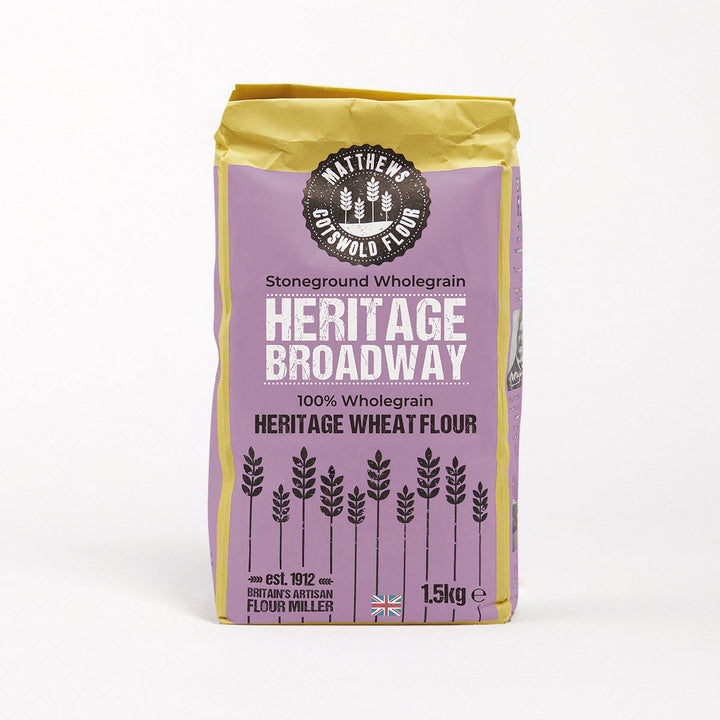What’s spelt flour and when should you use it?
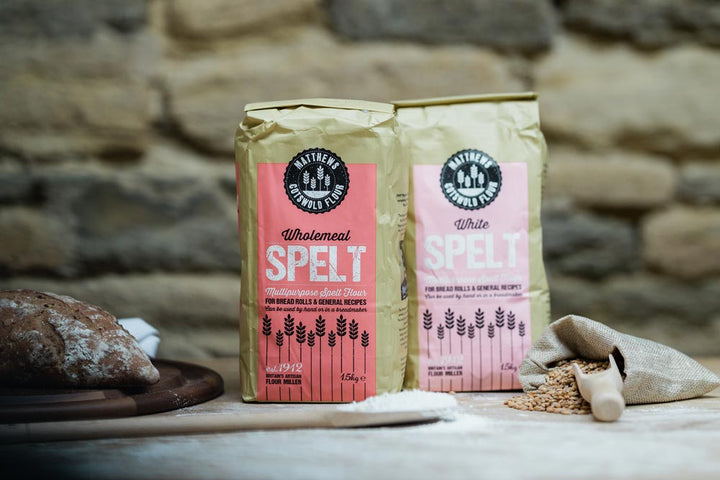
What’s spelt?
Spelt is a type of digestible ancient grain that’s a primitive relative to wheat. Spelt is often referred to as dinkel wheat or hulled wheat and its scientific name is Triticum spelta.
Spelt and wheat have similar nutritional content and both contain gluten.
For every 100 grams, spelt contains the following nutritional content:
- Calories: 246
- Carbs: 51 grams
- Fibre: 7.6 grams
- Protein: 10.6 grams
- Fat: 1.7 grams
- Manganese: 106% of the RDI
- Phosphorous: 29% of the RDI
- Vitamin B3 (Niacin): 25% of the RDI
- Magnesium: 24% of the RDI
- Zinc: 22% of the RDI
- Iron: 18% of the RDI
Spelt also contains small amounts of calcium, selenium and vitamins B1, B6 and E. It’s also a splendid source of dietary fibre.

Spelt is useful for digestion
Because of its high fibre content, fibre is critical and useful for those who want help with slowing down digestion and absorption as well as reducing blood sugar spikes. High fibre intake has also been positively correlated with reducing risk of obesity, heart disease and type 2 diabetes.
Whole-grain spelt has moderate impact on blood sugar
Whole-grain spelt has moderate effect on blood sugar, when ranked on the glycemic index (GI). Glycemic index is a scale that ranks a carbohydrate-containing food or drink by how much it raises blood glucose after it is eaten or drank.
In contrast, refined spelt and wheat are both high-GI foods because they cause a large and rapid spike in blood sugar levels.

Other key benefits of spelt
Whole spelt is incredibly healthy for people. In addition to the benefits mentioned above such as being a fantastic source of carbs, protein, fibre and other essential nutrients, spelt is excellent for lowering risks of stroke, heart attack, type 2 diabetes, and some cancers.
One study of nearly 250,000 people discovered that those who ate the most whole grains were 14% less likely to have a stroke.
Similarly, an analysis of over 14,000 people found the highest intakes of whole grains were associated with a 21% reduced risk of heart disease.
Another study has shown that those who ate the most whole grains had a 32% lower risk of developing type 2 diabetes.
When should you use spelt flour?
Spelt flour can be used for everything baking or cooking related and is often used as an alternative for all purpose flour or whole wheat flour! Spelt flour is perfect for baking bread, cookies, muffins, and waffles. If you’re looking for baking ideas, check out our baking recipes!
When should you not use flour?
If you have a gluten allergy, don’t use spelt flour because spelt contains high gluten content.
More, if you have irritable bowel syndrome, which is a gut disorder that causes stomach pain, gas, bloating, diarrhea, or constipation, don’t use spelt flour. The reason is that spelt contains Fermentable Oligo-, Di-, Mono-saccharides And Polyols (FODMAPs) which is a group of sugars that are not completely digested or absorbed in our intestines. Spelt contains high FODMAPs content and it triggers discomforts for those who have irritable bowel syndrome.
Conclusion
Spelt flour is a must-have all-purpose flour everyone needs in their home. Spelt flour offers a myriad of highly nutritious content such as fiber, protein, alcium, selenium, and vitamins your body needs. In addition, it’s perfect for all types of baking goods such as bread, muffin, or cookies!
If you want to get your bake on, come shop for spelt flour at our online flour shop or check out our online baking recipes!
Happy baking!
The Matthews Team
← Older Post Newer Post →

